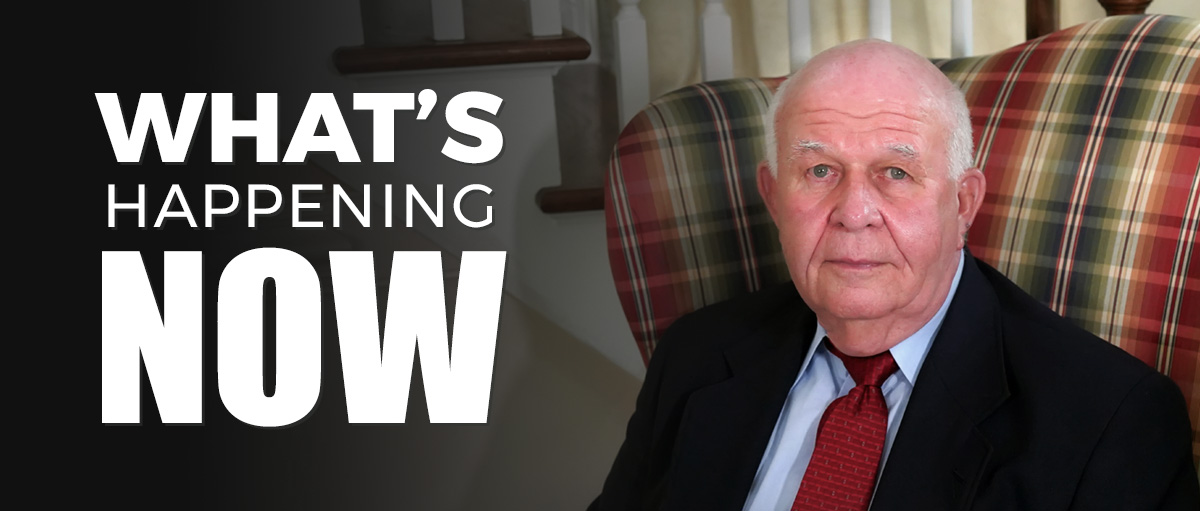Publisher's note: This article appeared on John Hood's daily column in the Carolina Journal, which, because of Author / Publisher Hood, is linked to the John Locke Foundation.
John Hood is chairman of the John Locke Foundation.
RALEIGH Because of tough decisions made by the General Assembly and Gov. Pat McCrory, North Carolina's payroll tax is expected to drop by about $280 million in 2016 and as much as $550 million by 2017. What you think about this sequence of events says a lot about your political philosophy and your understanding of what factors foster sustained economic growth.
The reason for the coming decline in payroll taxes is that North Carolina has finally paid off its debt to the federal government for unemployment benefits paid to jobless workers during the Great Recession and its aftermath. It's a debt that at one point approached $3 billion.
When states run out of their own revenues and savings to pay UI benefits, they enjoy easy access to federal credit. But it comes with a price. Until the debt is repaid, employers are required to send a payroll surtax to Washington on top of their own state payroll tax. If North Carolina had failed to pay its federal debt off this year, employers would have sent an extra $280 million into federal coffers in 2016. Moreover,
if current revenue and expenditure trends continue, North Carolina will accumulate a billion-dollar surplus in its UI account by next year. Under a state UI reform package passed in 2013, that will allow for a drop in the state payroll tax in 2017 of about $270 million.
How did the state manage to pay off its multi-billion-dollar UI debt so quickly? That's where the political controversy comes in. Although the 2013 reform package did require higher payroll taxes, the primary effect on the debt came from changes in benefits. North Carolina reduced the average payment to jobless workers as well as the number of weeks those payments could be received. There were also changes in eligibility and enforcement procedures that saved money by ending longstanding abuses of the UI system.
Many liberal activists and Democratic politicians were incensed by the 2013 reforms, calling them unfair and cruel and even predicting that they would hurt the state's economy by depriving jobless recipients of buying power. Many conservatives and Republicans, however, observed that North Carolina was out of line with its neighbors and competitors in the size and duration of UI benefits. They also argued that there was a risk to making UI benefits too large or long-lasting — that such policies removed the incentive for jobless workers to relocate, learn a new skill, or take a less-than-desirable job in order to begin their climb back up the economic ladder.
There is clearly a clash of ideologies here. There are also empirical questions that lack easy answers. At the very least, however, I think it would be fair to say that liberal predictions of harm to the overall economy from the UI benefit cuts did not come true. As North Carolina exited the UI extended benefits program and implemented the other benefit changes, the state's labor market began to improve rapidly.
Since mid-2013, North Carolina has added jobs at a faster rate than the national and regional averages. The unemployment rate has fallen more than that of most states, even if you factor into the equation discouraged workers and others who've dropped out of the labor force for various reasons, including those relocating or returning to school.
The ideological divide about the reforms of the past will continue as we debate what to do in the future. As payroll taxes begin to drop by hundreds of millions of dollars over the next two years, liberals will argue that North Carolina should raise benefit amounts and durations instead, claiming that to put more money in the hands of disproportionately low-income recipients will stimulate consumer demand and make everyone better off. They'll deny that the lower payroll taxes on jobs can be expected to have any salutary effects on job creation and the larger economy.
Conservatives will disagree. We'll cite the preponderance of evidence suggesting that
state taxes really do affect economic growth. And, once again, we'll be right — pun very much intended.


























